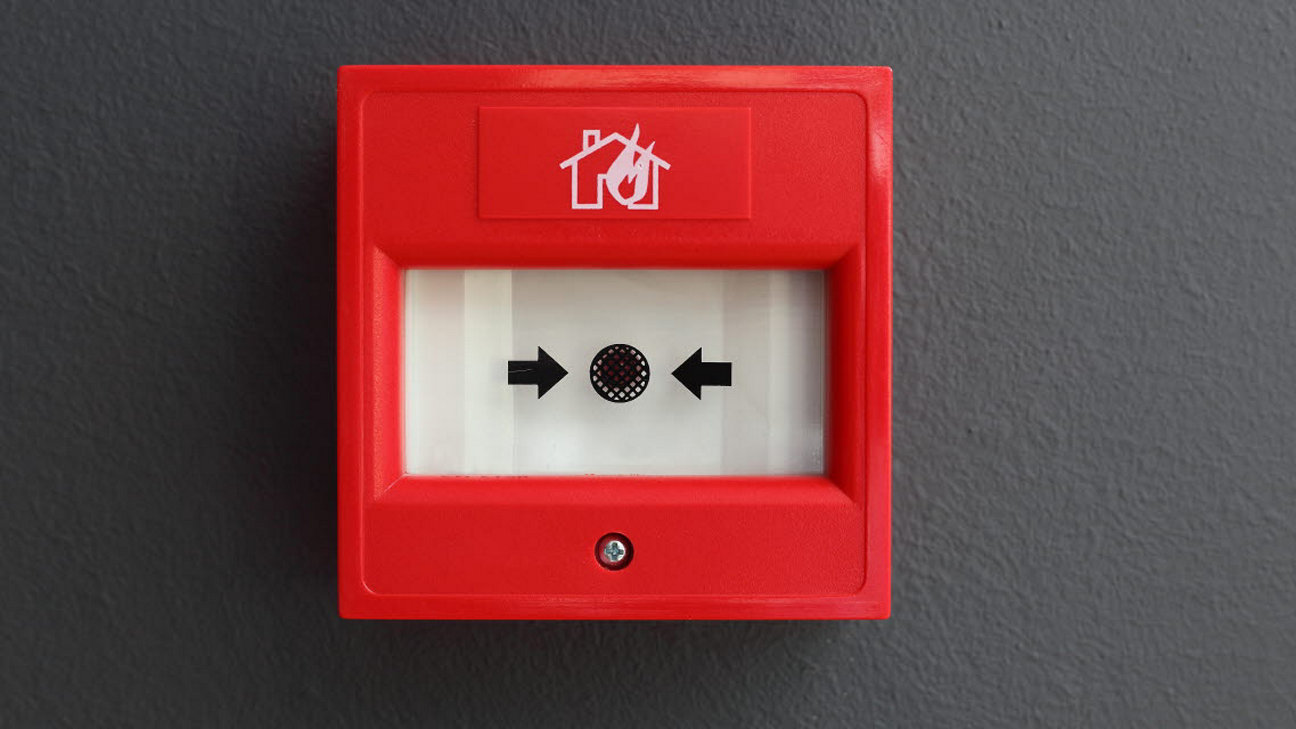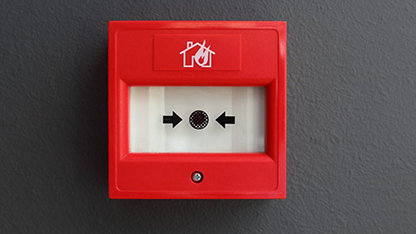We have published a clear and impartial fire safety guide to highlight the responsibilities of landlords and tenants in keeping properties safe regardless of the type of home they live in.
- RICS releases guide clearly explaining landlords and tenants' fire safety responsibilities.
- RICS believes a basic understanding of fire safety for all can reduce number of fire-related fatalities.
- The short, easy-to-follow guide covers houses, apartments, flats and maisonettes for both landlords and the general public.
According to figures obtained by RICS, there are still a significant number of deaths and injuries each year from fires in residential properties. Following recent devastating fires across the UK in these types of properties, RICS have released the guide of clear and independent simple safety procedures.
Written with homeowners and residential tenants in mind, the guidance offers basic, comprehensible advice. RICS believes having a basic understanding of fire safety is of the utmost importance for all, and the professional body have commissioned the guide to spread awareness of good fire safety practice.
The guide has been written by RICS Chartered Building Surveyors and a multi-discipline advisory group who work within the complex area of fire safety design and regulation daily. It aims to assist in making homes as safe as possible by understanding risks as well as looking at ways to minimise and manage fire safety measures.
Highlighting and differentiating the responsibilities of both the occupier and the landlord when it comes to fire safety, the guide contains specific advice for owner-occupied properties on fire detection, extinguishing and accessibility and special needs assistance. For rented or shared accommodation, guidance includes landlord obligations with appliance, furniture and alarm compliance to inform where responsibility lies in these properties.
Published date: 17 October 2019
“Never has fire safety been in the public domain so much as it is now. With recent fires in residential property, there is an urgent need for the public, landlords and residents to be aware of what can cause fires and the measures they should take to stay safe. RICS is acting in the public interest in publishing this guide, which we hope will be of benefit widely. ”
Gary Strong, RICS Director of Practice Standards and Technical Guidance
Delivering confidence to the general public
Covering houses, apartments, flats and maisonettes, RICS' fire safety guide explains how one of the most fundamental fire precautions to take is to plan and memorise escape routes no matter where you are. It also contains guidance for multi-occupancy buildings with a 'stay-put' policy, which can be variable depending on the building.
RICS highlights the importance of acting quickly and safely in the event of a fire in the home, with tips and guidance on how to do so. This includes safety points for smokers to follow in the home, including e-cigarette and vaping advice.
The guide also contains safety measures to prevent fires caused by candles, electricity, circuit overloads and furniture. RICS advises occupants to become accustomed to the regulations and know where the responsibility lies when it comes to fire safety.














